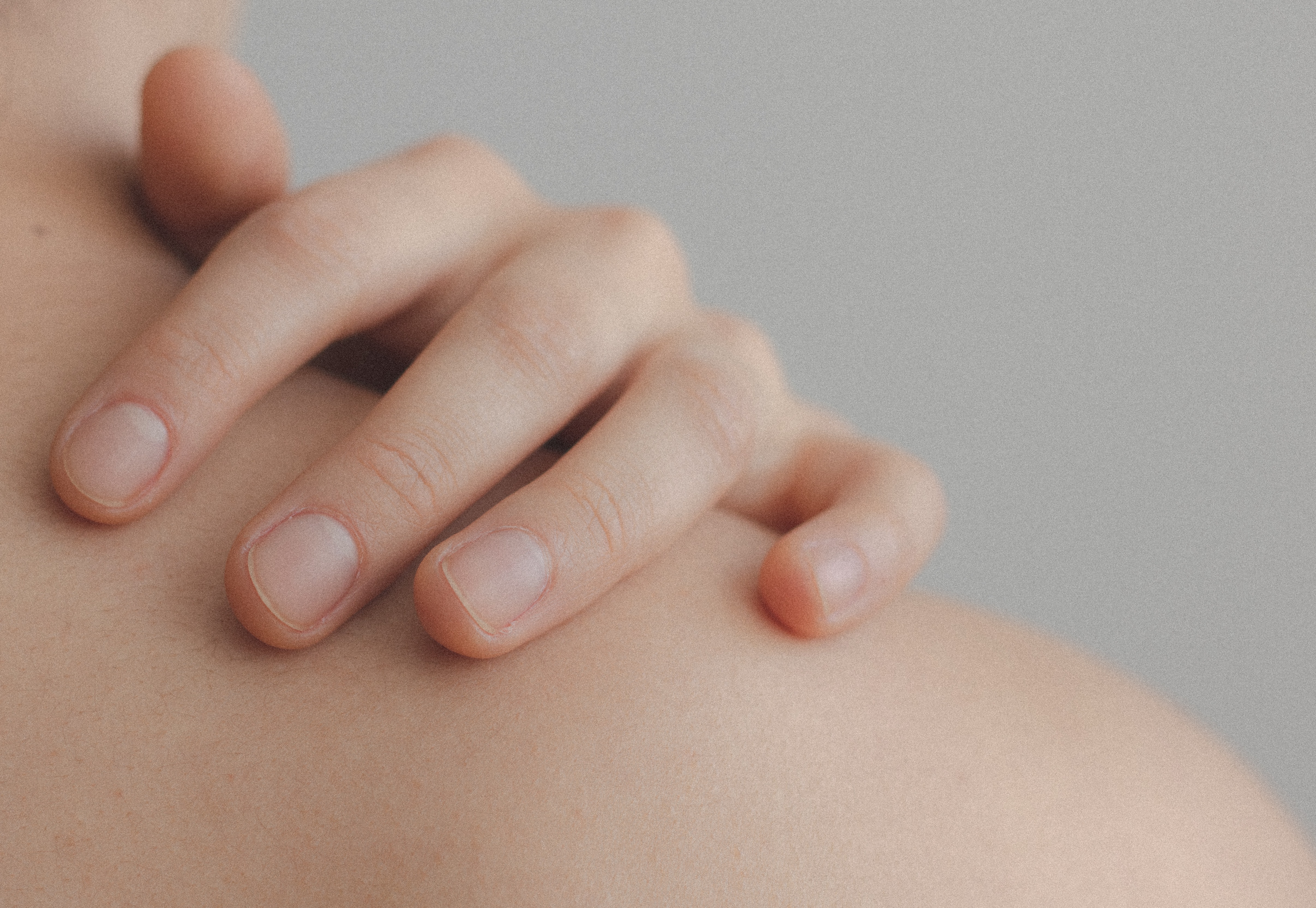
Take this skin quiz to find the best ingredients for your skin and build your skin care routine.
Take The Skin Quiz
Castile soap is a vegan soap made from vegetable oils, as opposed to animal fats. Physically, it is hard and white, and is traditionally made using olive oil and soda. It is gentle on the skin, and the lack of animal fats means it’s a vegan-friendly skin cleanser. Castile soap is so mild, it is often found in all-natural baby soaps and baby skincare products.
Castile soap is a great cleanser for sensitive skin, as it is a gentle and mild ingredient. It is also a great option for those seeking vegan-friendly ingredients.
Castile soap has natural antibacterial properties. The oils found in castile soap penetrate pores to thoroughly clean without over-drying skin.
Additionally, the bar form of castile soap retains some of the natural oils from which it is made and is blended with other beneficial oils. Plant oils rich in monounsaturated fatty acids replenish moisture in the skin, helping to hydrate, smooth, and soothe dry, irritated skin.
Lastly, oleocanthal is a component found in the olive oil from which castile soap is made. Oleocanthal has been shown to have anti-inflammatory effects, reducing the redness and irritation associated with skin concerns like eczema.
One drawback of using it is that it may be a little too mild. While great for removing makeup and superficial dirt, castile soap may not be strong enough to kill the full array of bacteria or fungal infections trapped within pores.
Some users have reported a tight feeling to their skin after using castile soap, and some have noted an overproduction of oil later in the day with certain concentrations of castile.
Castile soap is more alkaline than most dermatologists recommend for acne-prone skin, but in the proper routine and combination with other ingredients (like a proper exfoliant), many people have found castile soap to improve their acne.
For skin problems like acne, clogged pores, wrinkle prevention, your face wash should contain exfoliating ingredients to exfoliate dead skin, so using castile soap alone will not fully address your skincare goals. Additionally, to avoid stripping your skin’s natural protective barrier with regular use of castile soap, you’ll want to balance it with nourishing ingredients and skin-loving oils to nourish the skin.
To make sure castile soap is the right ingredient, in the right concentration, for your particular skin type and skincare needs, take our skin quiz!
A red tint to the skin can be caused by a myriad of situations. Some redness, such as that caused by rosacea, is caused a genetic disorder that affects the blood vessels at the surface of the skin. Other genetic conditions include psoriasis, which also causes redness. Some redness is caused by inflammation due to acne, blemishes, or eczema. Seborrheic dermatitis can also cause redness in the face. Minor irritations or skin allergies will also cause your face to appear red, so it is important to work with a dermatologist to determine the cause of redness on your skin.
There are a few ingredients that can help reduce inflammation associated with redness. For example, rosehip oil, jojoba oil, hemp seed oil, red tea are good for reducing inflammation associated with certain conditions that cause redness. However, it is important to work with a dermatologist to determine the cause of redness on your skin to determine the right course of treatment.
Sun rays can make redness worse so it is important to wear sunscreen daily when you have redness.
Castile soap may be effective for redness, but there are many other factors that may affect whether this ingredient would work on your skin or if there are better ingredients that may work for you. Take this skin quiz to find the best ingredients for your skin and build your skincare routine.
Next: Does Eucalyptus work on pigmentation ?